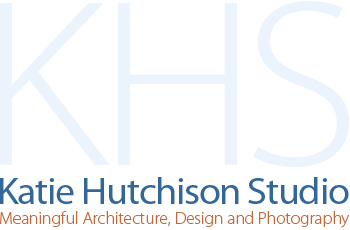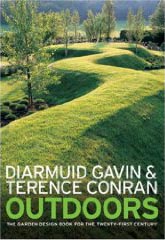![]() cover image courtesy of amazon.comThis is a bit unorthodox; I have neither read nor held a copy of New England Icons by Bruce Irving, so this is more of a reading/viewing wish-list post than a review or commentary.
cover image courtesy of amazon.comThis is a bit unorthodox; I have neither read nor held a copy of New England Icons by Bruce Irving, so this is more of a reading/viewing wish-list post than a review or commentary.
You may know of Bruce Irving from his 17 years producing This Old House for PBS. He wears many hats: real-estate agent, renovation consultant, writer, editor, speaker, and, now, author. I believe I first learned of Bruce from his Design New England magazine department about icons. His interest in the houses, work buildings, local artifacts and places of New England overlaps to such a degree with mine that I also consider him a web neighbor. Plus, as a Cambridge resident, he's a New England neighbor, too.
With photography by Greg Premru, a forward by Norm Abram, and content including stone walls, sugarhouses, roof walks, skating ponds, icehouses, mills, and lobster boats, New England Icons sounds too promising to miss. Let me know at the KHS Facebook Page if you've had a chance to check out a copy. Happy reading.
by Katie Hutchison for House Enthusiast




